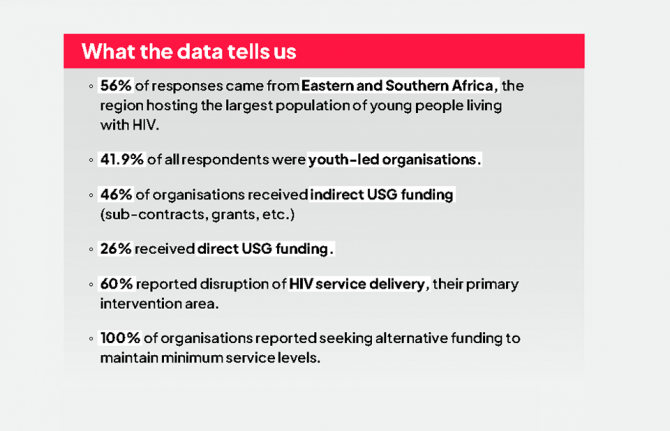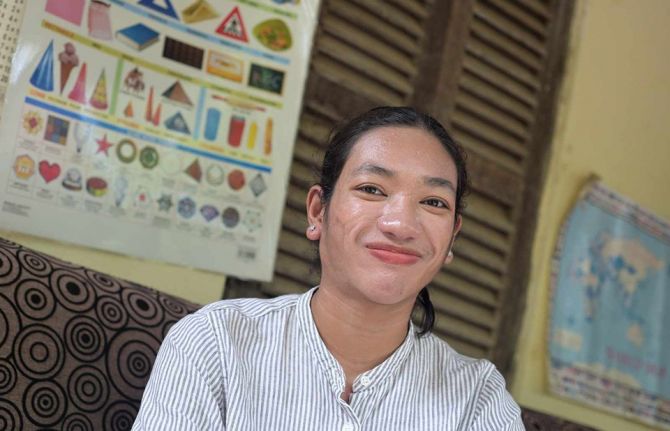
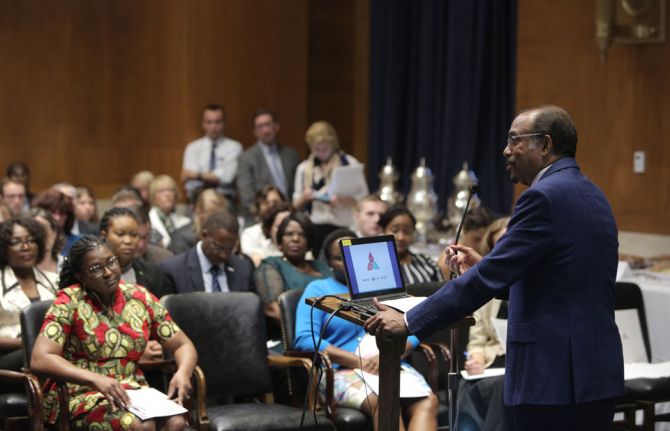
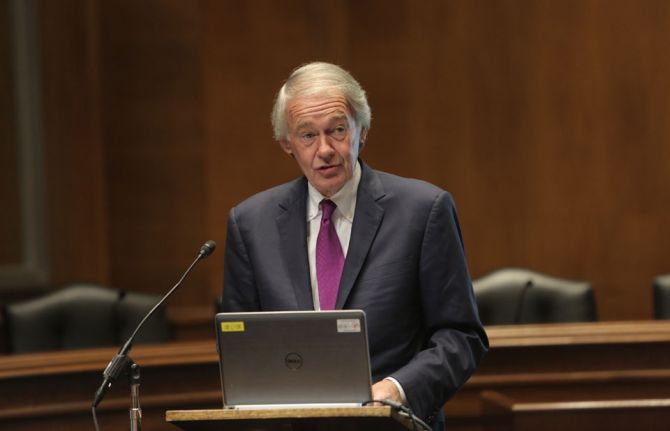
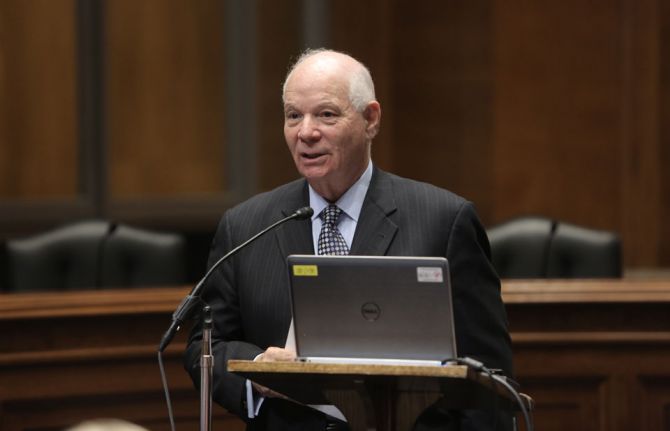
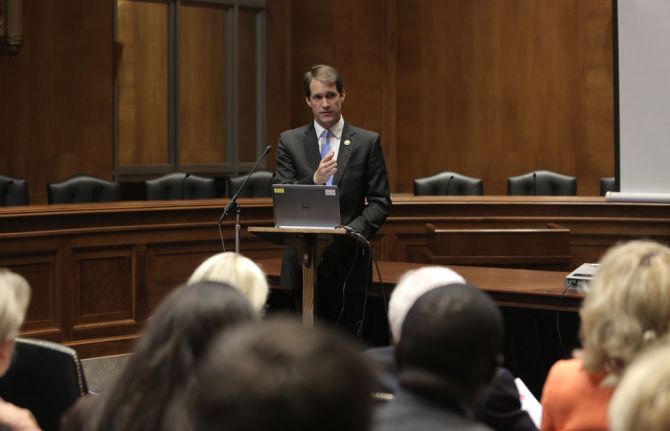
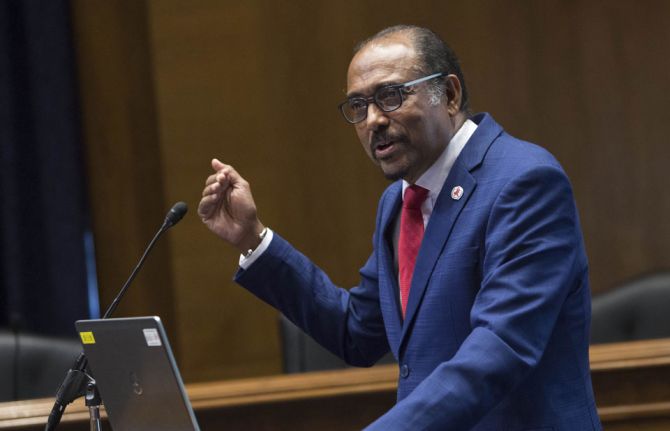
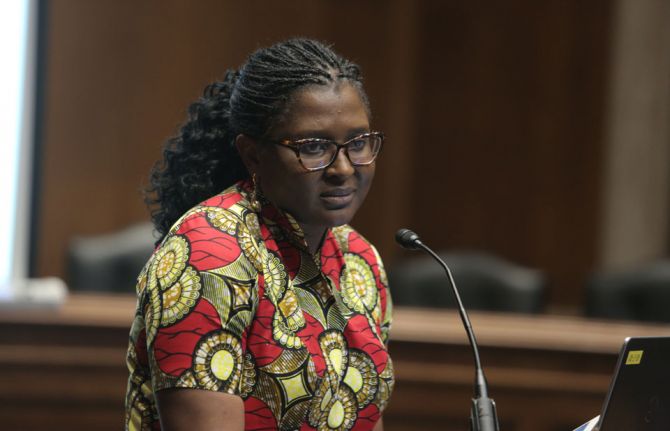
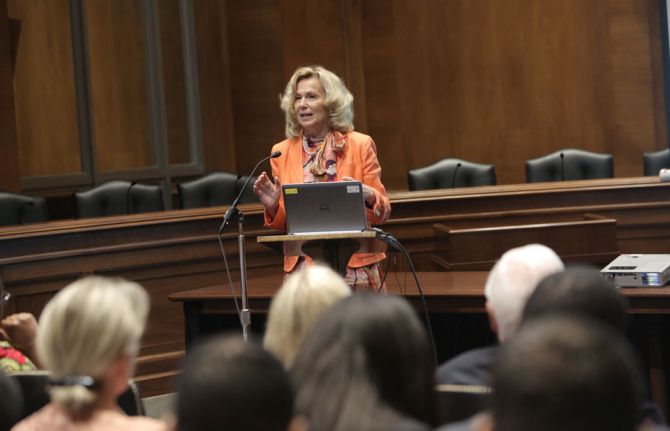
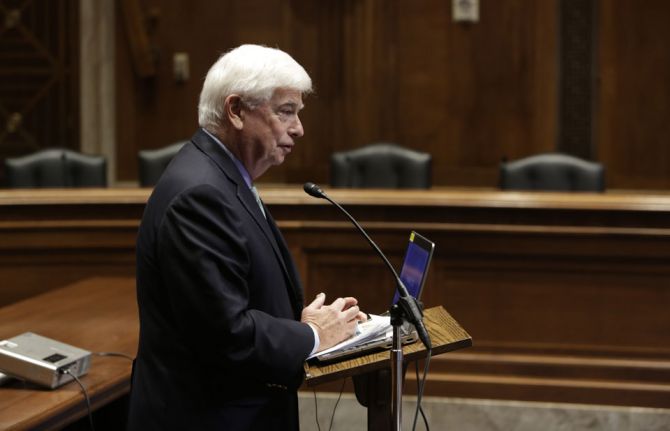
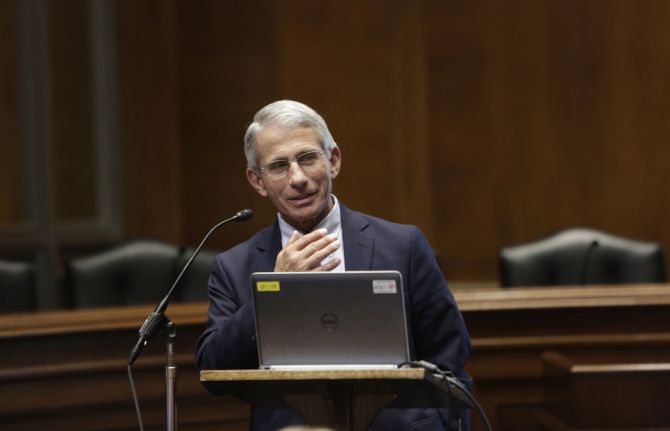
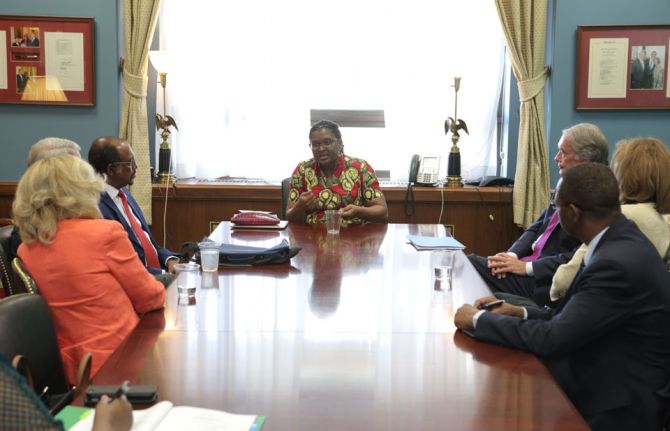
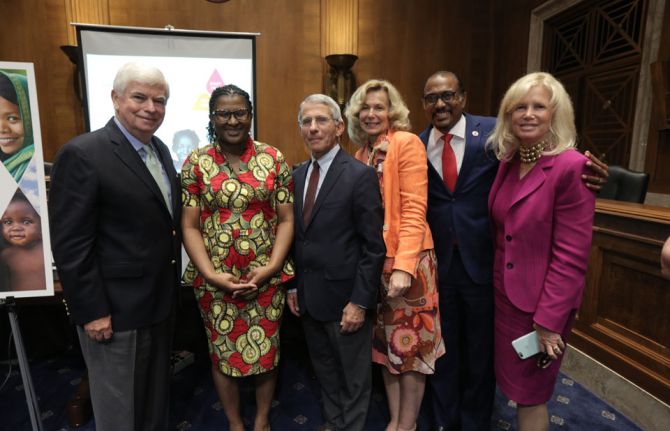
Update
Senior United States officials, members of Congress and partners recommit to ending AIDS among children, adolescents and young women
16 September 2016
16 September 2016 16 September 2016UNAIDS and the Elizabeth Glaser Pediatric AIDS Foundation hosted a high-level Congressional briefing in the United States Senate to increase momentum around an ambitious Super-Fast-Track framework—Start Free, Stay Free, AIDS Free. The initiative, which was launched by UNAIDS, the United States President’s Emergency Plan for AIDS Relief (PEPFAR) and partners in June 2016, outlines a set of time-bound targets to reach in order to stop new HIV infections among children, prevent new HIV infections among adolescents and young women and ensure access to antiretroviral treatment.
The Start Free, Stay Free, AIDS Free initiative builds on the progress made under the Global Plan towards the elimination of new HIV infections among children by 2015 and keeping their mothers alive (Global Plan). The Global Plan made a major contribution to a 60% reduction in new HIV infections among children since 2009 in the 21 countries in sub-Saharan Africa most affected by the epidemic. Speakers highlighted the need to keep up the momentum, warning that complacency could reverse the important gains that have been made.
Michel Sidibé, Executive Director of UNAIDS, brought attention to the need to increase access to treatment for children. He said that despite the treatment scale-up for children, which has grown twofold in the past five years and resulted in a 44% reduction in AIDS-related deaths among children, one in two children living with HIV still does not have access. Without immediate access to treatment, about 50% of children infected at birth will die by age 2.
Senators Edward Markey and Benjamin Cardin, honorary co-hosts of the briefing, and Congressman James Himes referred to the commitment of the American people through PEPFAR, and the important results that have been achieved through the strong partnerships with the countries most affected by the epidemic. Monica Geingos, First Lady of Namibia, expressed appreciation for the support of PEPFAR and UNAIDS in Namibia, and emphasized the need for continued engagement to address challenges related to HIV prevention, inequality and harmful gender norms. Namibia is a leader in the response to HIV and one of six countries—together with Botswana, Mozambique, South Africa, Swaziland and Uganda—that have reached 90% or more of pregnant women living with HIV with life-saving antiretroviral medicines.
Deborah Birx, United States Global AIDS Coordinator and Special Representative for Global Health Diplomacy, presented data illustrating dramatic recent achievements in stopping new HIV infections among children, and described evolving epidemic dynamics that demand new approaches so that the next phase of the response is successful in addressing the needs of the largest generation of young people the world has ever seen.
Director of the National Institute of Allergy and Infectious Diseases, Anthony Fauci, shared an overview of the science behind each pillar of Start Free, Stay Free, AIDS Free, showing that the world has the tools required to achieve the targets. Further innovations in treatment and prevention science hold the promise of accelerating the response by making commodities and services easier to access and use, and overall more effective.
Speaking in his capacity as a board member of the Elizabeth Glaser Pediatric AIDS Foundation, former Senator Christopher Dodd reflected on the bipartisan political commitment behind PEPFAR and the courage demonstrated by a number of elected officials at a time when AIDS was considered to be a difficult and controversial issue. He emphasized that this commitment must be constantly reinforced until the vision of an AIDS-free generation is achieved.
Quotes
“With Start Free, Stay Free, AIDS Free, we have the power to ensure in the future that no one is born with this disease. A future where those who are HIV-positive reach viral suppression. A future where no one dies of an AIDS-related illness. A future where there is no discrimination against those with the disease. A future where children will have to look to the history books to find that there ever was such a disease called AIDS.”
“AIDS was a death sentence not too long ago, but we have changed the landscape. We did that with the commitment of Congress in a bipartisan way through the United States President’s Emergency Plan for AIDS Relief, committing consequential resources targeted to the countries that would make a difference for the epidemic. We can take a moment to celebrate this morning, but by this afternoon it is back to work because we are not finished yet. Too many people are still suffering today. We want children to stay AIDS-free, and we know how to get that done.”
“We must make sure that we do not become the victims of our own success, because it is only partial success. The only thing that can stop us from our goal is complacency and distraction. Start Free, Stay Free, AIDS Free is one of those things that is going to allow us to finally put this disease in our rear-view mirror and in history where it belongs.”
“Progress is fragile and the worst conspiracy we have today is complacency. We have to reach the most marginalized with HIV services and change the social norms to break the cycle of violence and abuse that are making women and adolescent girls more vulnerable to HIV.”
“Poverty and inequality constitute a recognized cause and consequence of HIV. This correlation means that an HIV-free generation for us must be a generation that is free from poverty. It’s a generation that must be free from gender inequality. It’s a generation in which girls must have equal access to education. An HIV-free generation tomorrow requires our collective leadership today.”
“The challenge in many countries is how to build health care around wellness, the potential of primary care for everyone. Many young men and young women under 30 don’t know their HIV status. The lowest HIV testing rate is among men between the ages of 24 and 35. These are groups that we need to figure out how to reach—the 15- to 24-year-old adolescent girls and young women, those 24- to 35-year-old men who feel healthy and don’t believe they are sick. Find out how to connect them to testing for HIV when that is often the last thing they want to hear about. That is a task that we all have to achieve together.”
“If you follow the science, we will be able to change the epidemic as we know it now with an extraordinary decrease in the projections. And if we do that, we will be able to realize the goals of Start Free, Stay Free, AIDS Free.”
“We have made possible what was previously thought to be impossible—and today we celebrate that great success. But our work is not over. We must continue to work harder, and smarter, to get to what we know is achievable. And that is a world where no child has AIDS.”
Related
 “Who will protect our young people?”
“Who will protect our young people?”

02 June 2025

